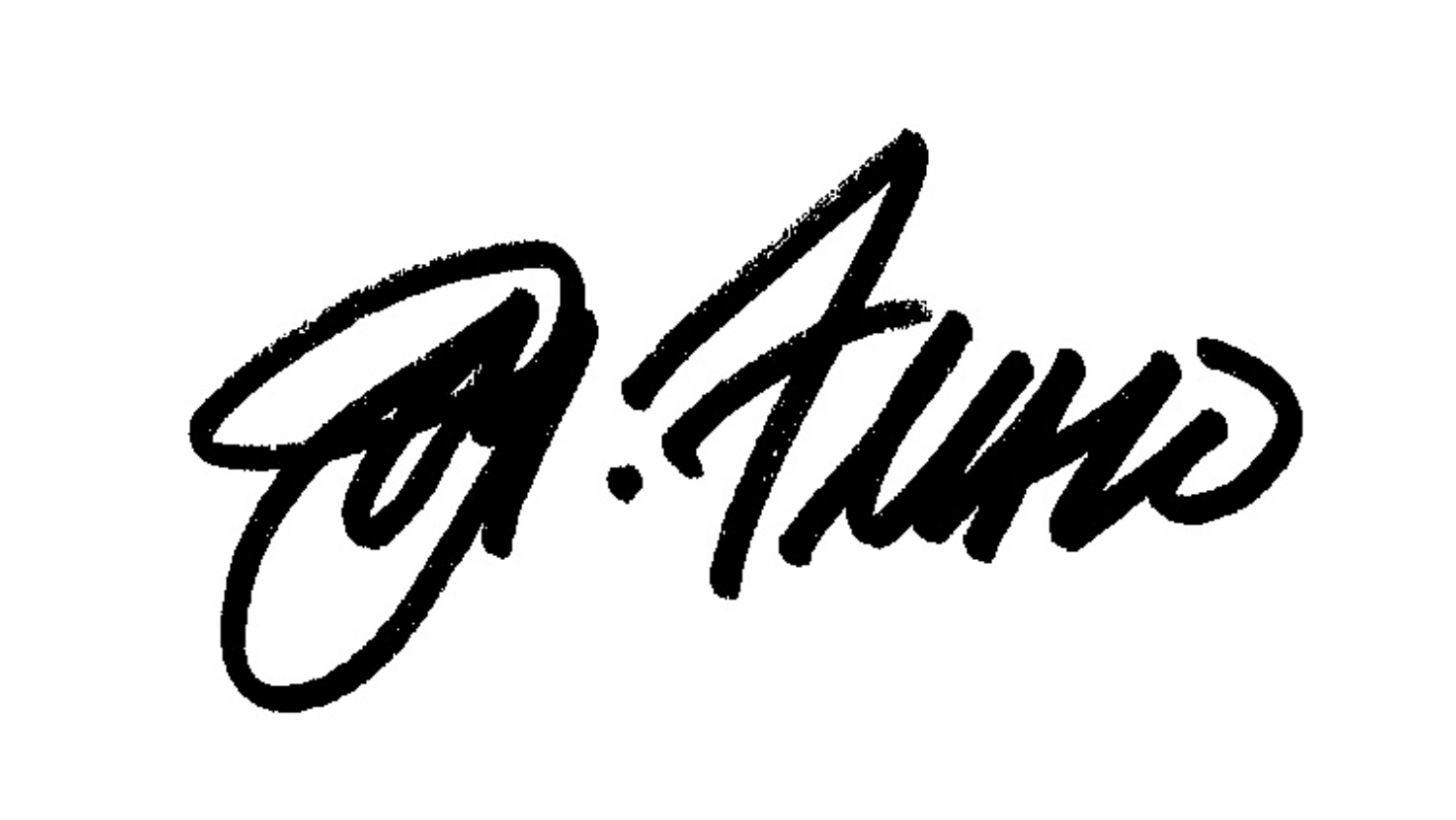Pathways, Not Paradoxes
There are three distinct themes in our culture that may appear as paradoxes to leaders, the people they lead, and the communities they love. Navigating to recovery and renewal requires us to acknowledge and understand these challenges not as paradoxes but as pathways:
Sheltering and Exploring
People and organizations will naturally be drawn to physical and psychological places of safety, predictability, and calm during and after disruption. At the same time, disruption asks us to leave our comfort zones, to embrace learning, take risks, make mistakes, and enter new territory.
Healing and Breaking
As important as it may feel (and is) to return to normal, to care for ourselves and others, and to put things back together, we will be compelled on many different levels to deliberately break things, to disrupt and reinvent, or abandon certain approaches, beliefs — even business models.
Doing and Dreaming
There will be a strong, familiar bias for action, keeping busy and distracted, and getting stuff done during and after a crisis. Successfully emerging from disruption into a new, potentially unfamiliar world also demands that we innovate, brainstorm, and play — to see, to describe, and create what doesn’t yet exist yet is coming, or must come.
These themes are expressions of human needs and drives, and represent a set of beliefs and behaviors that leaders should expect to confront, embrace, and master as we seek to repair, rebuild, and renew — as individuals and organizations.
These three pathways are a framework to help you think about your personal and organizational opportunities to recover, renew, and reinvent.
Of course, there are many ways to think about change, and about recovery and reinvention. These are not intended to be complete or comprehensive reflections on the subject. Instead, they form simply one perspective that, hopefully, helps you think, gives you additional clarity, and inspires you to act.
